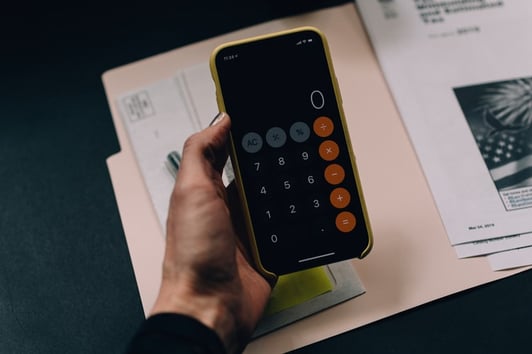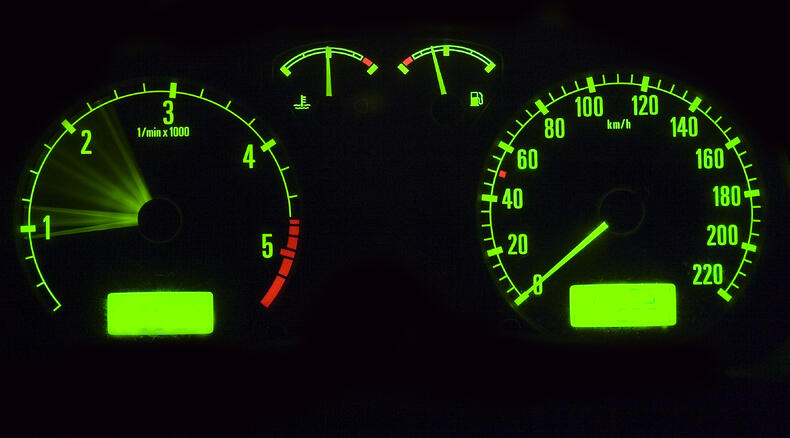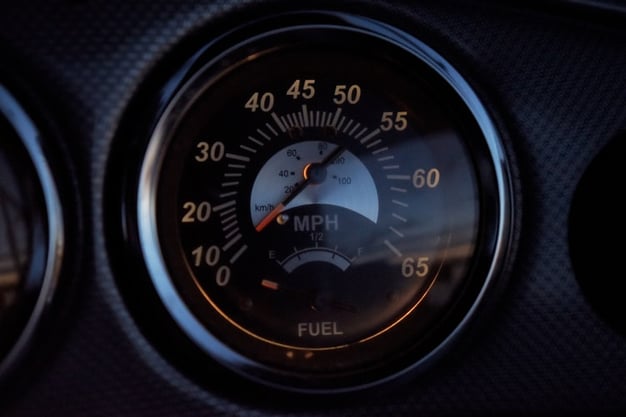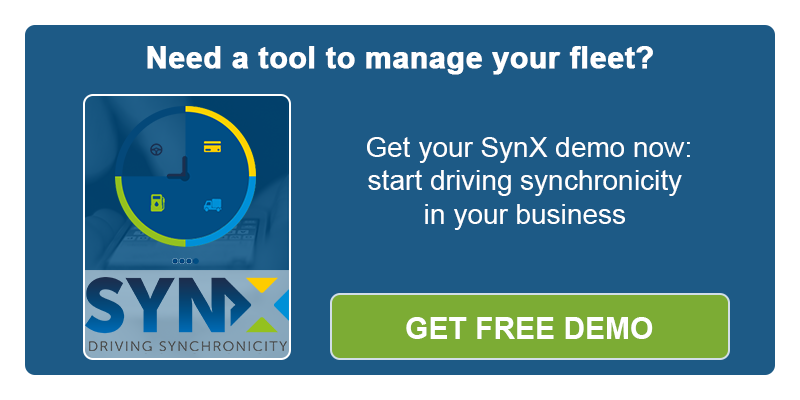If you are new to the world of fuel monitoring and have decided to look into it for different reasons, you may have anticipated a time consuming, very technical process, involving various people measuring mileage and then performing complex calculations.
Fortunately, you might be pleasantly surprised.
Of course you can consider investing in technology at some point, especially if your company is expanding and you have a growing fleet, or if you are smaller and just need to optimize your resources, but there are a few relatively simple practices you can adopt to help keep track of, and therefore manage, your monthly fuel consumption more efficiently.
1 - Start checking your invoices

This is an excellent starting point.
There is no reason not to trust your fuel company; despite the fact that mistakes can happen, your invoices provide useful data for analysis.
You should be able to work out just how much fuel per month your fleet actually consumes, and the average cost per litre, then determine whether you are paying more than expected.
You can approach your supplier for a better deal, or consider changing. You can also get useful feedback and input from your employees and, if you haven’t done so already, you can try out fuel cards.
2 - Record the odometer reading at every purchase

Accumulating valuable data on fuel consumption is just a matter of implementing good practices.
You might worry it is over complicated, when actually it is reasonably effortless to capture the important figures yourself.
A very simple but good way of keeping track of your vehicles’ fuel efficiency is by making it a habit to photograph the odometer every time you refuel.
3 - Calculate your weekly fuel usage in l/100 km (volume in litres used for every 100km travelled)

With all this data at your disposal, you can measure your overall fuel consumption in litres per 100 km; the figure reduces as your fuel efficiency improves, so it is very easy to notice savings.
You should be able to evaluate which particular routes are fuel efficient and which are less economic. These figures allow you to take the appropriate action to tighten up on overall fuel consumption.
4 - Fill tanks to the maximum

When you refuel at the petrol station, always fill your tank right up. Do not wait until the indicator prompts you to refuel. It may be stating the obvious, but make sure there are no fuel leakages either.
At the end of the day these sound practices aren’t that difficult or time consuming to implement, and hopefully the effort involved will more than compensate.
Please share any other tips on monitoring fuel consumption that you might have, and we can discuss them in the comments.
If you are wondering if there are other, more technological, options available, do not hesitate to contact us and we will be happy to help find a solution to meet your needs.








